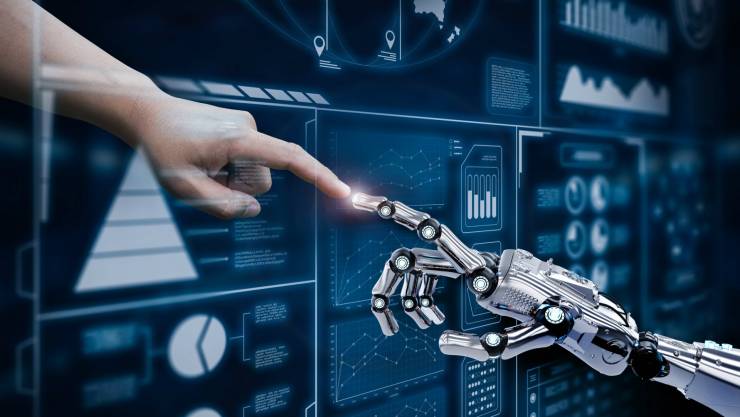Information technology is responsible for keeping the good progress of basically all the sectors of a company. By improving the performance on IT systems, the manager will grant a clear competitive advantage to his/her organization. That step will bring a significant growth to the development, productivity, answer to the market and also a reduction of costs.
Obsolete systems may be a hindrance to the whole productive chain, as they can also expose data to an unnecessary risk.
In this post, you will get to know 4 trends that will improve the performance on IT systems inside your company. Check it out!
1.Internet of things
The Internet of Things (IoT) is a designation used in order to refer to the objects that are connected to the network and among themselves. What may have looked like futurist films, can already be seen in houses, streets, and companies worldwide.
The objects capture information through sensors, cameras, and other traditional ways of introducing data, as well as using the internet to send them to a computer that will do the processing.
This technology is applicable to the most varied types of gadgets: cars, drones, electronic devices, among others. The tendency is that in a near future, all the objects surrounding us will be connected, from the domestic ones to the ones that make company systems.
The explosion of data produced, together with artificial intelligence will be a lever for an evolution in the way we relate ourselves to the objects. They will stop being mere accessories and will become an extension of our day to day.
Connected pacemakers are the great exemplification for that. Nowadays, besides its traditional function, they use a web connection to transmit real-time information from the patients who have it to the doctors.
1.1. IoT allied to the management of systems
The integration of the management of systems (Enterprise Resource Planning) to the internet of things will enable the production managers to be informed, in real time, whenever a component presents a bad functioning – enhancing the repair, decreasing production loss and increasing the revenue.
The management of systems will allow an ever growing and abundant volume of data to the companies, and that makes such companies more dependent on IT.
Having the ERP system allied with Big Data, mapping out strategies for analysis and storage, the companies will be able to make predictions about the market in a much more precise way. These data will be acquired not only through computers but also through the various objects that are part of the industrial production.
2. Machine learning
Machine learning is a concept that refers to the autonomous processes of artificial intelligence. All in all, they are algorithms created to take decisions without the interference of human beings. They learn by trial and error through data crossing.
Such technology opens up a wide range of possibilities that can optimize the performance of IT systems in companies. It allows the automatizing of duties that previously needed a human supervision to be carried out.
Moreover, the machine learning is also capable of analyzing data and accomplishing previous analysis, being able to hand in precise insights into various sectors.
2.1. Energy saving
One of the main benefits that technology can bring to the companies is the reduction of costs with electric energy. According to the statistics, electricity is responsible for the second greatest expense of the companies, being only behind the expenses with the payroll.
The machine learning can analyze the patterns of energy consumption and manage the systems properly so that the consumption is reduced, without harming the efficiency of the operations.
2.2. Recommendation of extra products for clients
The machine learning technology grants the companies an increase in the average ticket through recommendations that are based on the client’s interests, as it happens with the recommendations on Netflix, for example. The system crosses data and carries out an analysis to anticipate a possible purchase or the access to a service.
2.3. Analysis of complex documents
This technology can be used in the analysis of technical documents, without having the limitations of the human mind. Therefore, the machine learning evaluates the patterns, avoiding errors or inaccuracies, enhancing a job that would be meticulous and bureaucratic.
3. Cloud computing
Apart from the fact that it is already a reality, the cloud computing continues to present itself as a strong trend for its expansion and rise of implementation. The technology, which was only supposed to be a services provider, has become a support platform.
In order to improve the performance of IT systems, the managers have been implementing cloud computing for the enhancement of processes and the decrease in operational costs. The sectors that will be most affected by the expansion of such technology are the retail industries, logistics, financial and industry.
3.1. Technology growth
With the growth of data production by the business management systems, new storage technologies are made necessary. The internal physical servers generate a high cost for the companies.
This data storage needs to be in accordance with the new necessities of the market. Both the collaborators and the clients are connected 24/7 and need the kind of solution that enables the access from any other location.
Due to the cloud computing, collaborators and managers are able to access information in real time, through their smartphones, tablets, among others. In that way, it will be possible to increase productivity and boost the professional performance of a company.
This need for mobility is the great stimulus for the growth of cloud computing technology. Besides, this technology makes it easier for the companies to hire staff in a home office system, cutting down on costs and increasing productivity.
4.Augmented reality
Augmented reality is a technology that has been used intelligently by the companies. It is an excellent solution to connect the companies to the other clients in a more immersive way.
Internally, the technology accelerates processes inside the company, optimizing time and helping on the cut down on expenses with logistics and maintenance, as we will see on the following topic.
4.1. Hands-free workflow
One big benefit of Augmented Reality lies in the possibility that the collaborators have to execute manual activities visualizing the information about the work that is being done overlapping in the execution area.
This technology provides an immense gain of time since the professional does not need to stop his/her activity or even leave the place where they are in order to look for information or instructions – there will be no need for moving to consult a manual or another supporting material.
The markets that present the biggest potential for the Augmented Reality application are health services, retail, tourism, education, transports and the industrial and automotive sectors.
These are some of the trends that will help optimize the performance of IT systems in your company. The organizations that have qualified professionals to keep up with these technologies and operate them will surely become more competitive.
Did you enjoy this post? So don’t lose time and share it on your social networks and spread this knowledge to your collaborators, friends and family members!



